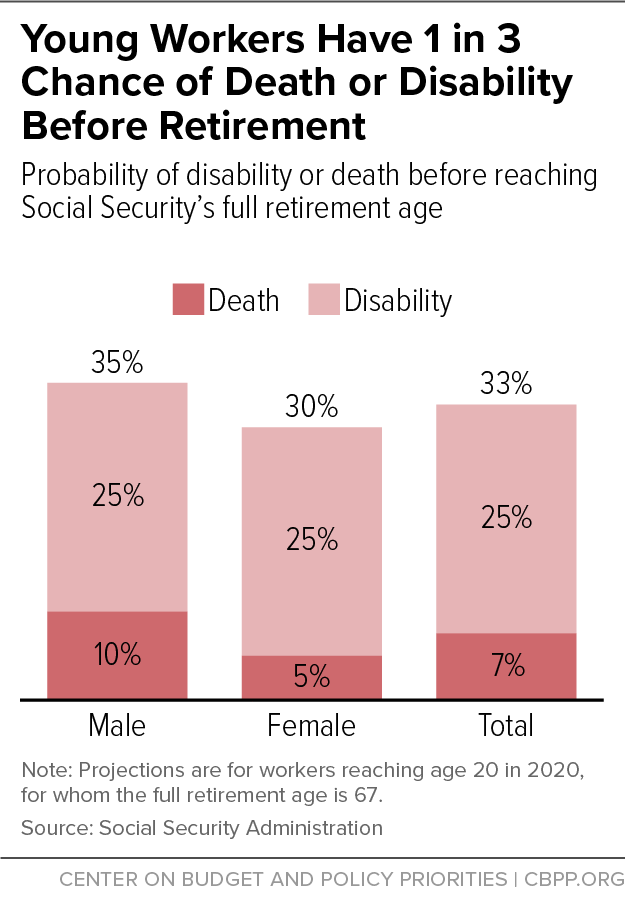
A 529 plan is an account in which a participant can make after-tax contributions. The beneficiary can use those funds for qualified educational expenses. The money can be accessed tax-free and grows tax-deferred. A 529 plan funding can reduce taxes in some instances, but it won't allow you to take a federal tax deduct. Vanguard offers a 529 state tax deduction calculator that can help you determine the tax benefits you could receive from contributing to a 529 plan.
Contributions to Texas 529 plans cannot be deducted from state income tax returns.
Contributions to Texas 529 plan contributions are not tax-deductible on Texas state income tax returns. But they are deductible on federal tax returns. These plans are authorized under Sections 529 and 529 of the Internal Revenue Code. They can be used for higher education expenses. You must be 18 years or older to enroll in a 529 program.
Oklahoma doesn't allow contributions to Texas 529 Plans. You can only deduct $10,000 each year. You might be able to move 529 USD from one state to the next. This is only possible if the resident of the state you reside in allows it. Once you move your contributions, you will lose the state tax benefits. You must use withdrawals for qualified expenses.

Fee structure
Each state has a different fee structure and each 529 plan is unique. Before investing in a 529 Plan, it is important to be familiar with the state's tax deduction laws. Some states, like New York, allow you to deduct all of your 529 contributions. Others will not. You will get a lower rate of tax if your state allows for you to deduct all contributions.
The New York State Higher Education Services Corporation administers the program, while J.P. Morgan Investment Management Inc manages the investments. Both of these companies are members of the FINRA. The 529 state tax deduction calculator fees are not indicative of your investment growth. You will pay more if you invest in a 529 plan via a financial adviser.
Requirements for investment return
These calculators allow you to calculate your eligibility for the tax advantage for 529 savings programs. These plans can be used to save money for college and offer other benefits. Some plans offer financial aid or scholarship funds. These plans can help you protect yourself from creditors. Drawdowns made for qualified expenses are exempt from tax. However, you should always consult a tax advisor before investing.
There are different investment returns requirements for 529 plans. Generally, out-of-state 529 plans must earn better net investment returns over the course of 18 years to qualify. This is due to the different tax treatment for withdrawals. To ensure high investment returns, it is important to speak with your advisor.

Plan fees
A 529 Plan is a savings plan that allows individuals to make contributions without paying taxes towards their child's education. These savings accounts can either be in-state, or out-of. The state tax deduction calculator allows individuals to determine whether their contributions qualify for a state tax deduction.
The tax calculator includes both federal and State tax rates. Rates vary depending on whether you use the funds to pay for qualified expenditures, your residency, and how much you have put into the plan. State tax laws can vary greatly, so it is important to check with a tax advisor before investing.
FAQ
What are the benefits associated with wealth management?
The main benefit of wealth management is that you have access to financial services at any time. Savings for the future don't have a time limit. You can also save money for the future by doing this.
There are many ways you can put your savings to work for your best interests.
For instance, you could invest your money into shares or bonds to earn interest. To increase your income, you could purchase property.
If you hire a wealth management company, you will have someone else managing your money. You won't need to worry about making sure your investments are safe.
What is wealth management?
Wealth Management is the art of managing money for individuals and families. It covers all aspects of financial planning including investment, insurance, tax and estate planning, retirement planning, protection, liquidity and risk management.
How old do I have to start wealth-management?
Wealth Management is best when you're young enough to reap the benefits of your labor, but not too old to lose touch with reality.
You will make more money if you start investing sooner than you think.
If you're planning on having children, you might also consider starting your journey early.
Savings can be a burden if you wait until later in your life.
Statistics
- According to a 2017 study, the average rate of return for real estate over a roughly 150-year period was around eight percent. (fortunebuilders.com)
- A recent survey of financial advisors finds the median advisory fee (up to $1 million AUM) is just around 1%.1 (investopedia.com)
- As of 2020, it is estimated that the wealth management industry had an AUM of upwards of $112 trillion globally. (investopedia.com)
- These rates generally reside somewhere around 1% of AUM annually, though rates usually drop as you invest more with the firm. (yahoo.com)
External Links
How To
How to invest once you're retired
People retire with enough money to live comfortably and not work when they are done. But how do they invest it? The most common way is to put it into savings accounts, but there are many other options. You could, for example, sell your home and use the proceeds to purchase shares in companies that you feel will rise in value. Or you could take out life insurance and leave it to your children or grandchildren.
If you want your retirement fund to last longer, you might consider investing in real estate. Property prices tend to rise over time, so if you buy a home now, you might get a good return on your investment at some point in the future. You might also consider buying gold coins if you are concerned about inflation. They don't lose their value like other assets, so it's less likely that they will fall in value during economic uncertainty.